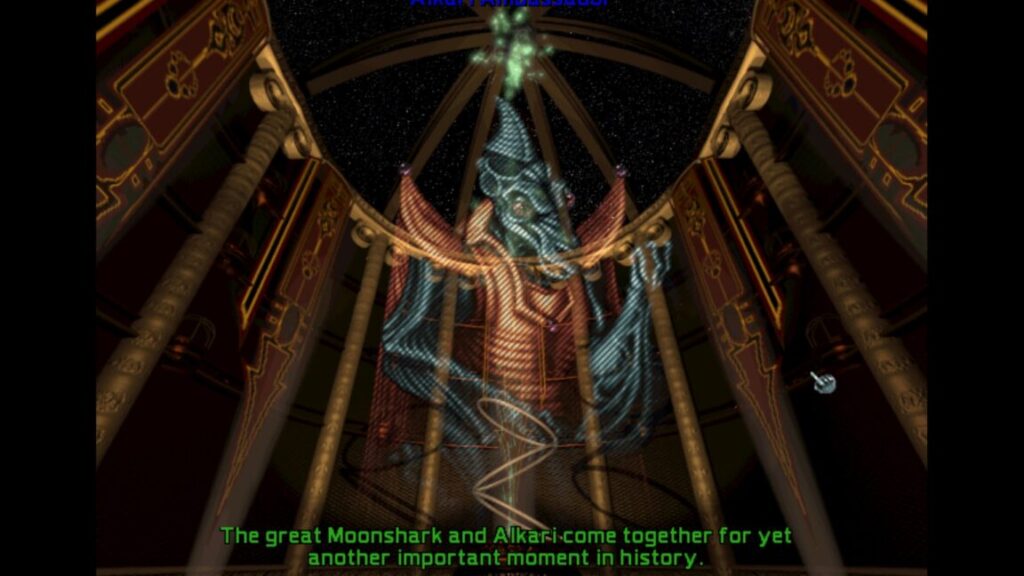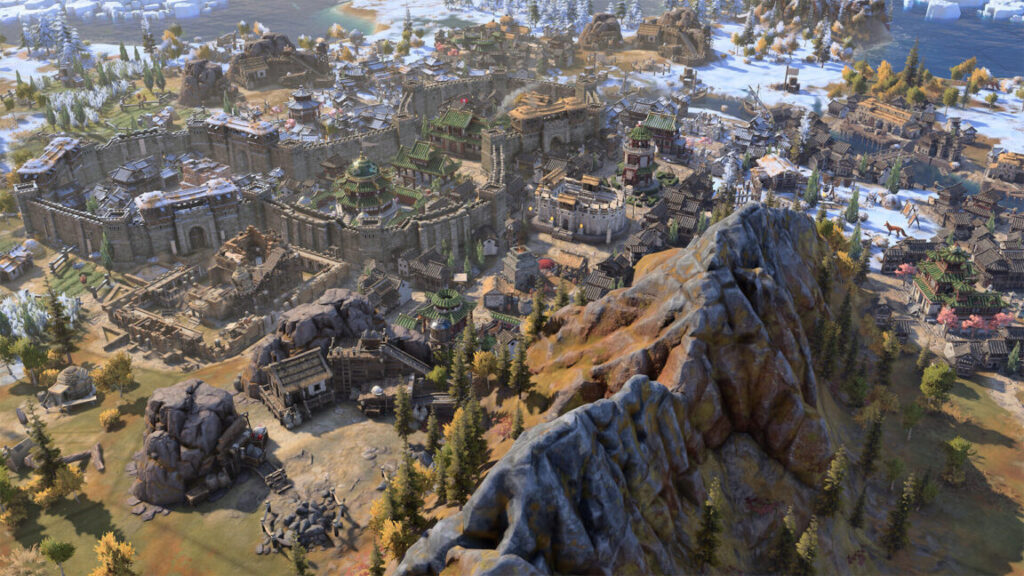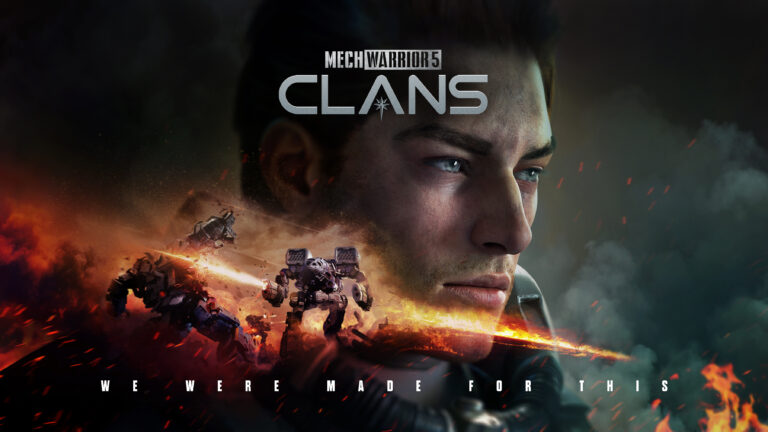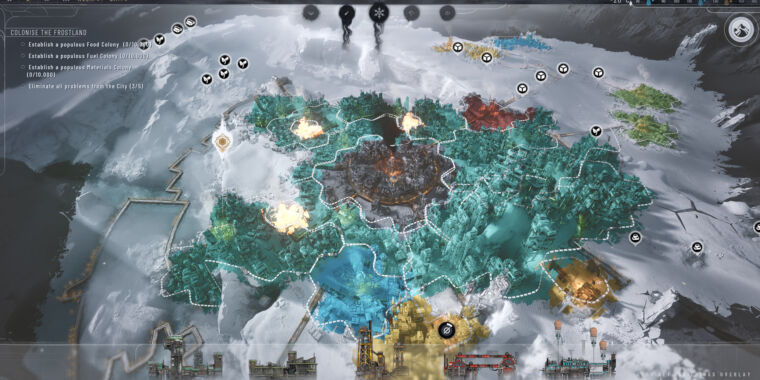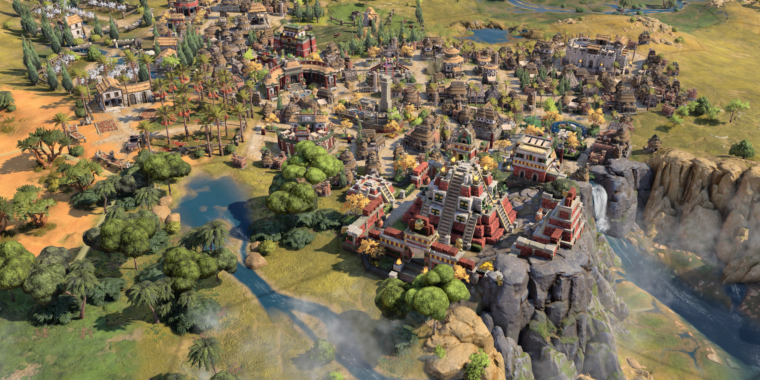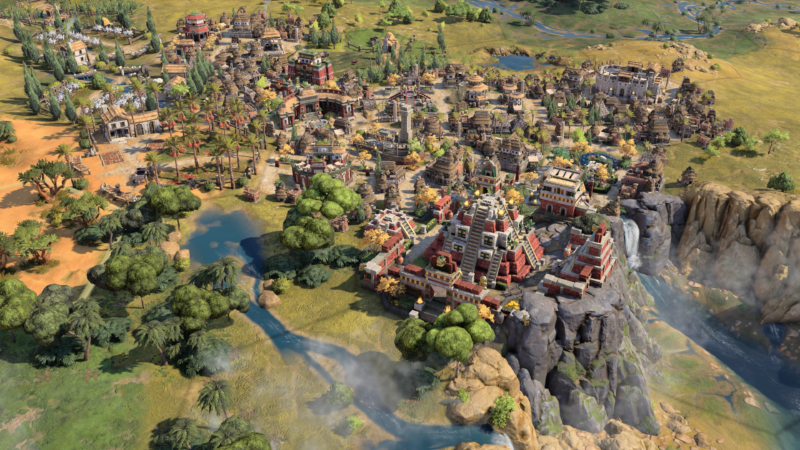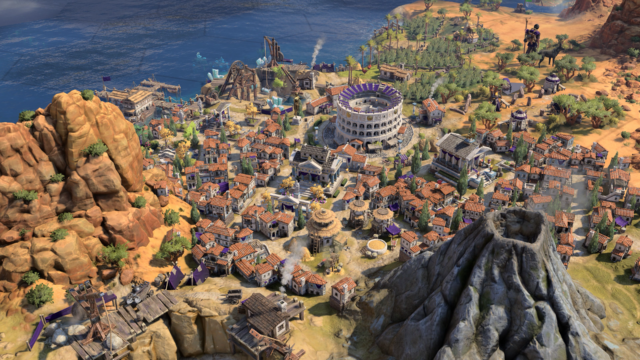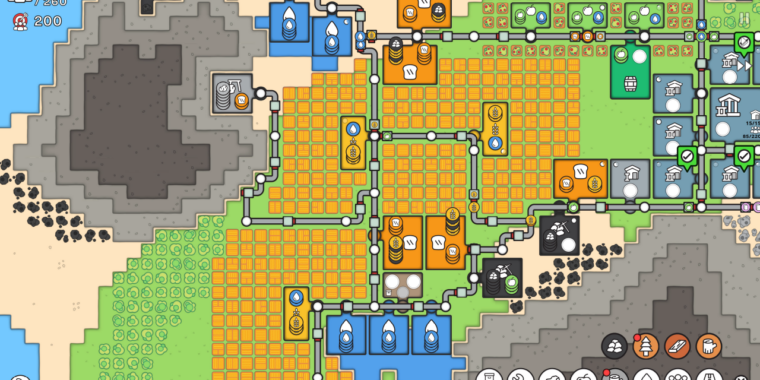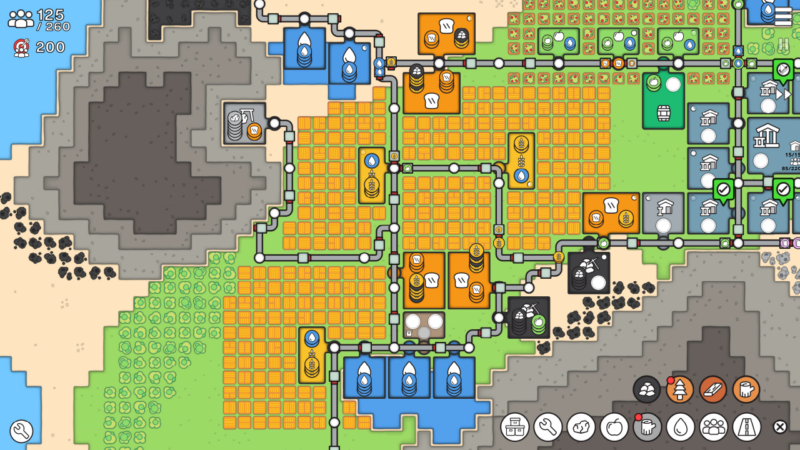30 years later, I’m still obliterating planets in Master of Orion II—and you can, too
I love 4X games. I’ve tried other strategy game genres, but frankly, they don’t stick if they’re not first and foremost 4X games—at the heart of it, it must be about exploring, expanding, exploiting, and yes, exterminating.
I suspect that the first 4X game most people played was some entry in the Civilization franchise—though certainly, a select few played precursors dating back to text-based games in the 1970s.
But for me, the title that kicked off my obsession was Master of Orion II (MOO2)—a game that has you develop and build up planets across a simple galaxy map, researching speculative future technologies, and ultimately wiping out your opponents and claiming dominion over the known universe. (There are other victory conditions too, but that one is the most fun.)
There is something satisfying about making a couple thousand small choices that all add up to that galaxy map gradually changing color in your favor until the final cut scene plays, declaring you the true Master of Orion.
The games I love the most are the ones where you make decisions that compound over many, many hours to a long-term payoff. I’ll take that over games with bite-sized, contained challenges and short play times any day. The deeper and longer the experience, the better the payoff can be. To me, that’s ultimately what makes 4X games great. MOO2 is no exception.
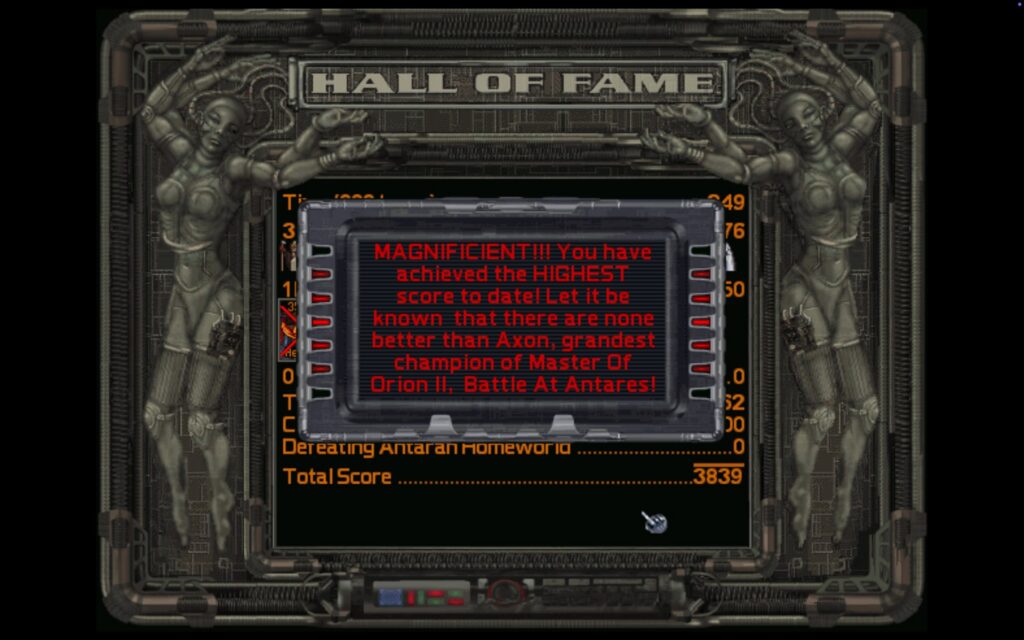
I needed this validation. Credit: Samuel Axon
Nostalgic but flawed
That said, it’s not a perfect game. It benefited from the lessons it could learn from more than a decade of 4X games before it, and its designers were clearly thinking about how to make it balanced and fun.
They just missed the mark sometimes. For example, a big part of the game is choosing perks that customize your empire from before the first turn. One of those perks is called “Creative,” which allows you to learn multiple technologies at once rather than one at a time. It’s pretty hard to imagine anyone consciously declining to choose that perk unless they’re looking to make things a lot harder for themselves.
30 years later, I’m still obliterating planets in Master of Orion II—and you can, too Read More »
